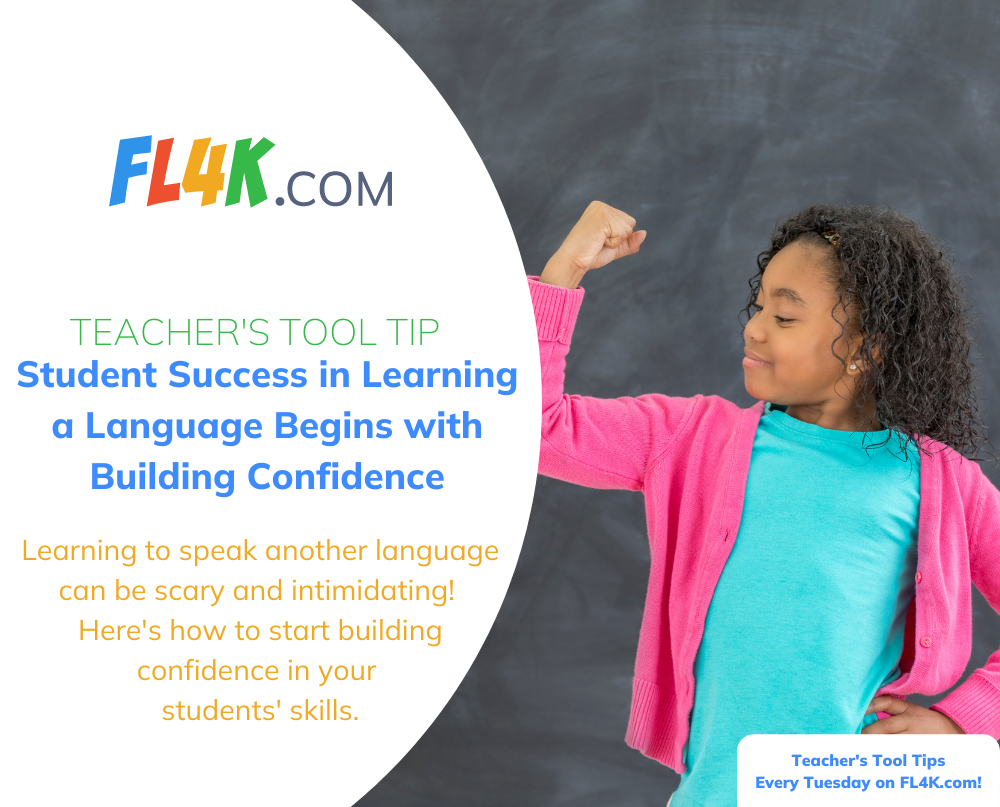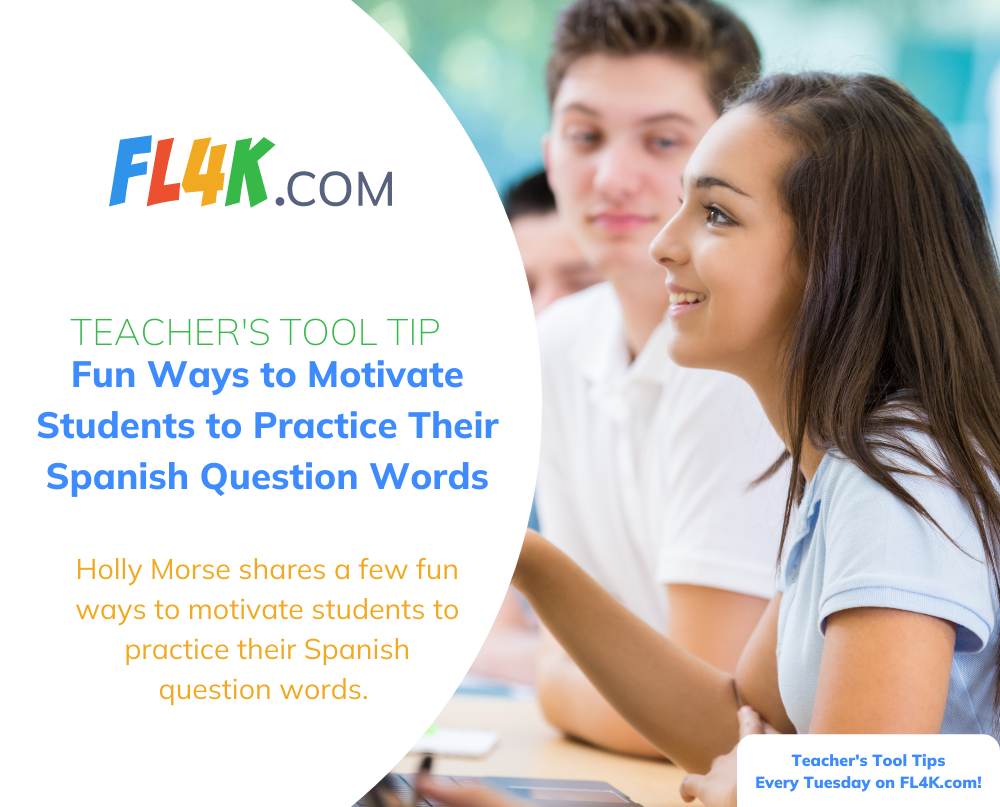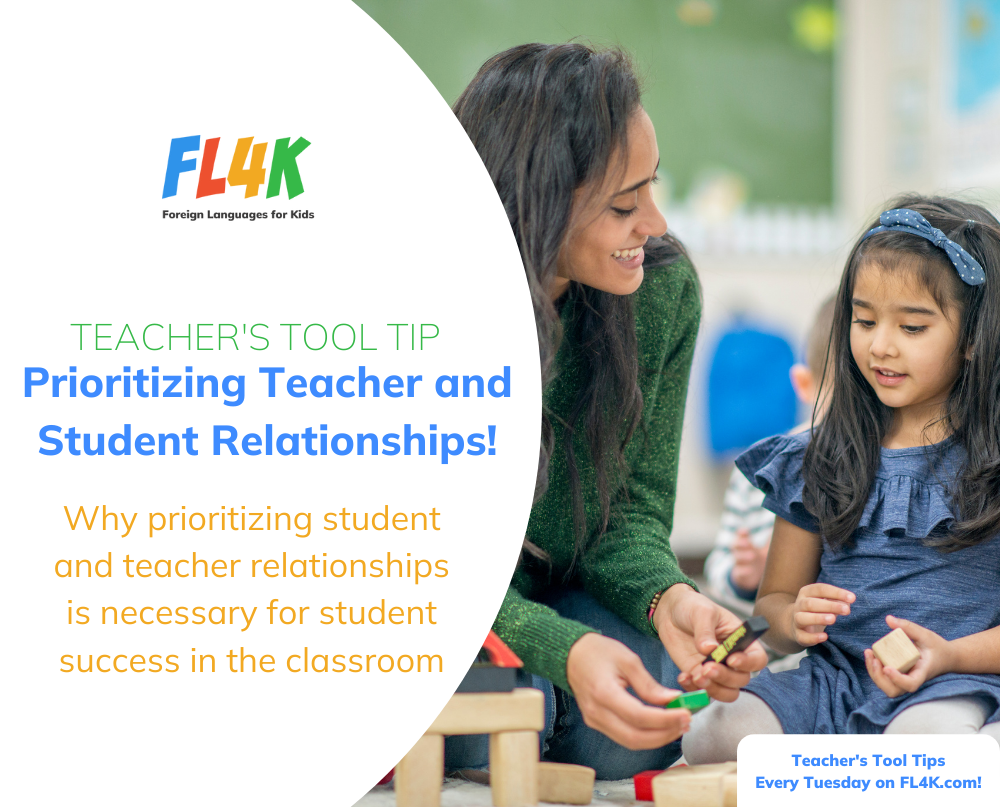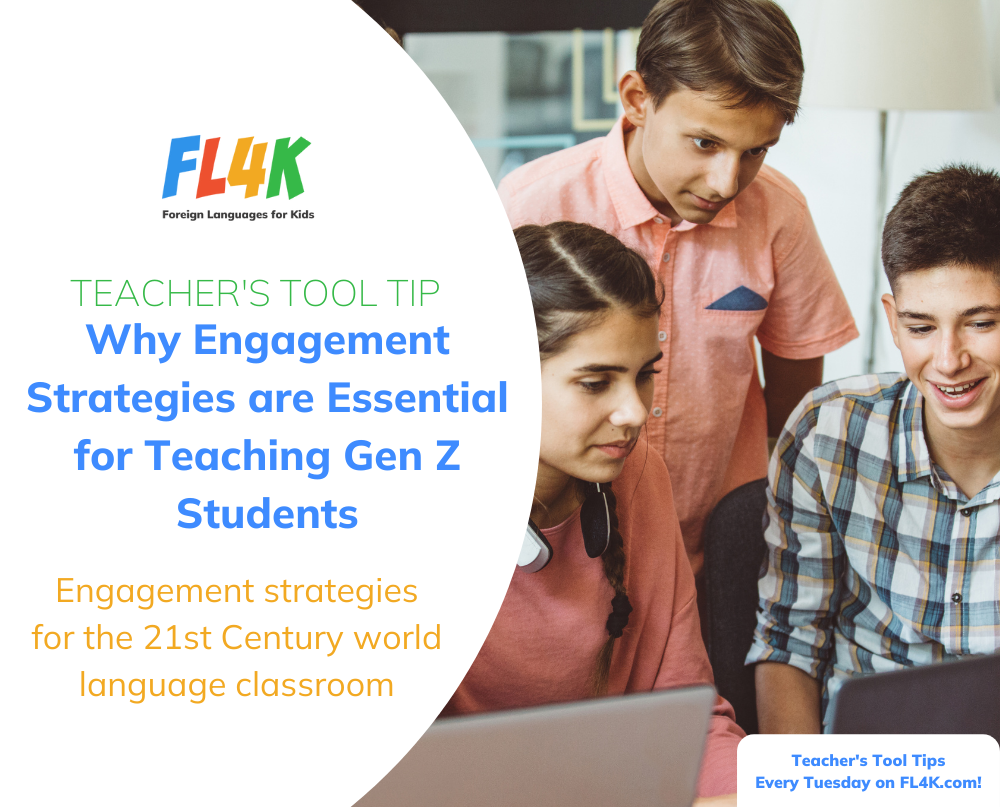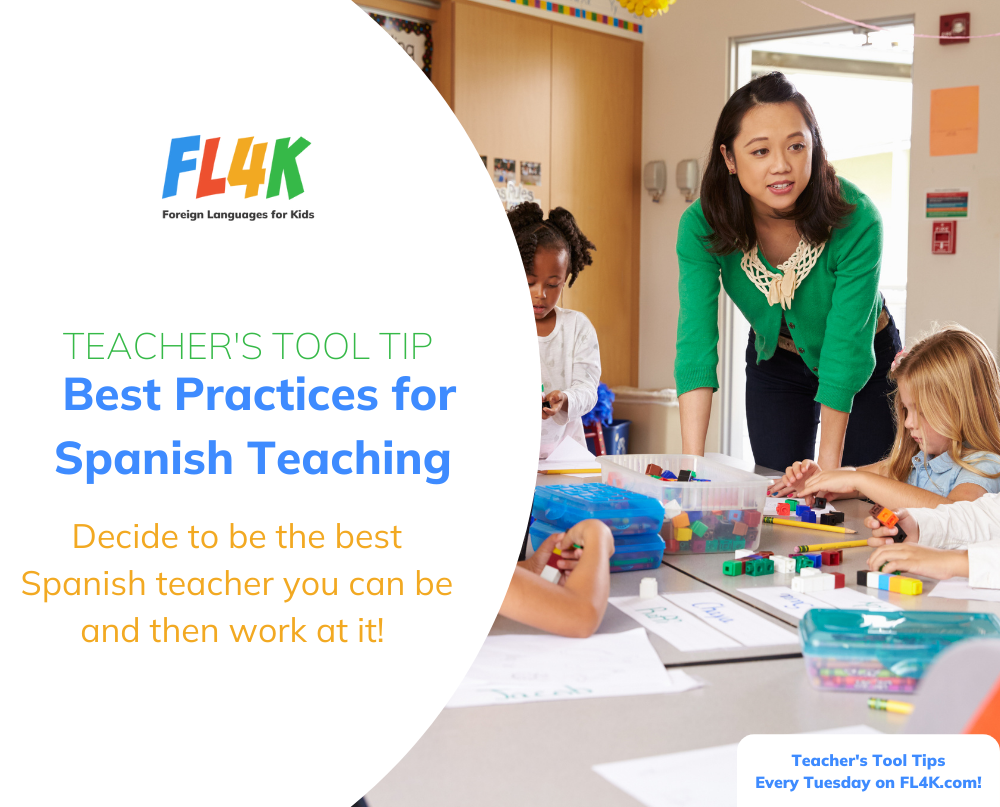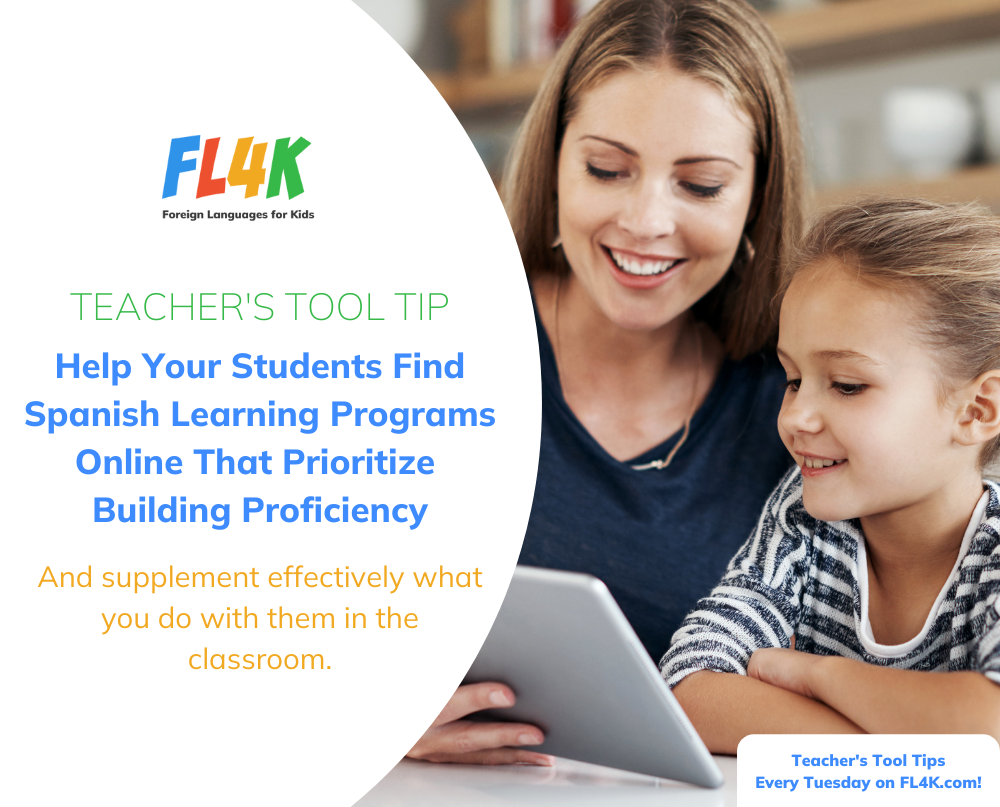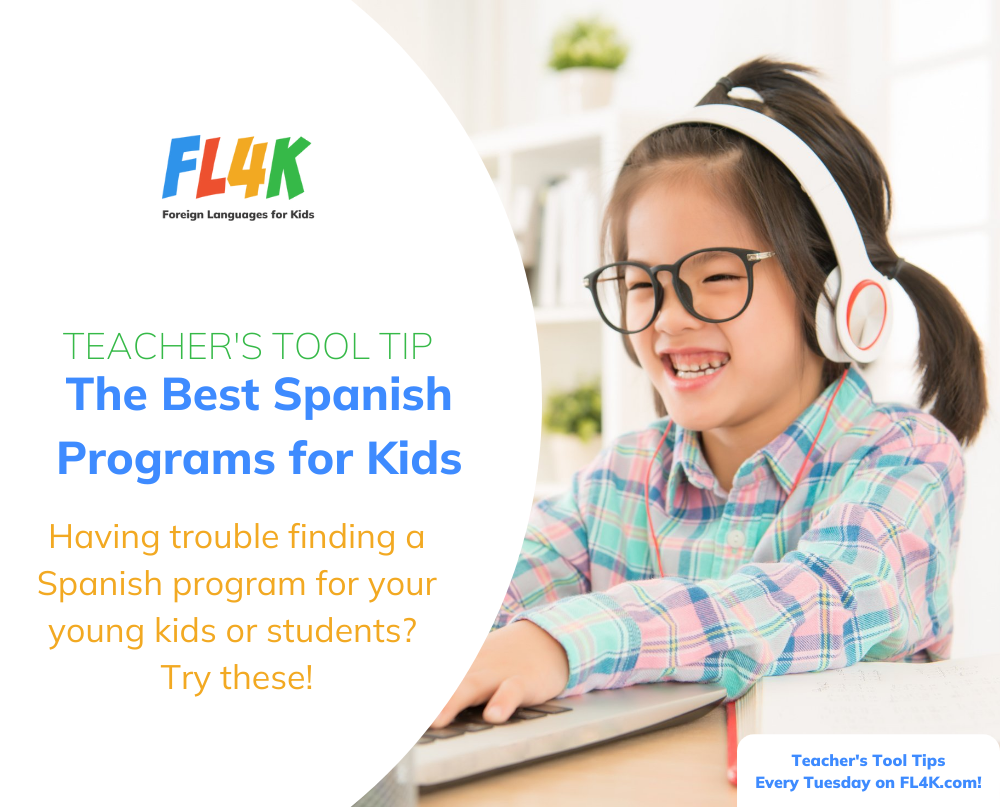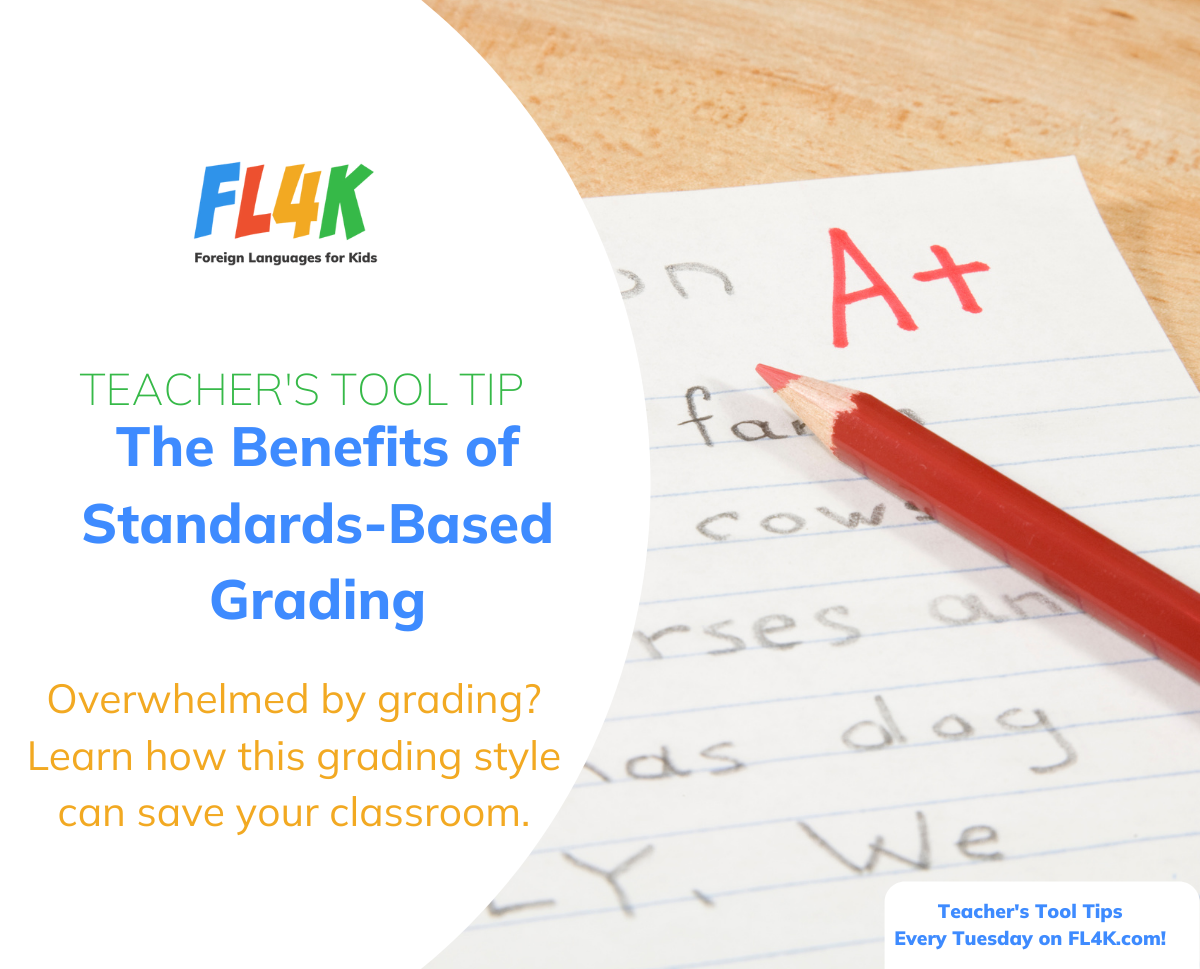This Week’s Teacher Tooltip: Student success comes from making the target language come alive for your students by giving them opportunities to practice using the language outside the classroom. I’ll share some great ways to do this in this post.
Advocating for summer language camps, homestay experiences abroad, or even hosting exchange students can help language come alive for the learner. When students have friends who speak another language, they become more motivated to communicate and build their language proficiency skills almost unwittingly.
Check out Language Testing International and FlipGrid for ways to get your students talking in the target language with native speakers.
Student success comes from making the language come alive through entertaining, comprehensible input!
Other paths that lead to student success in language learning are through media entertainment.
Our students need ample comprehensible input. I remember asking exchange students from Spain how they learned to speak English so well. They told me they loved watching American movies and listening to American music.
TV series, podcasts, music, and movies in the target language are not only entertaining; they lead to student success. When students hear structures used in meaningful contexts, they tend to remember them and begin to use them with confidence.
Student success comes from teaching your students the language to actually communicate!
Another key point in leading language learning to student success is teaching language in meaningful chunks for communication.
This helps students to hit the ground running as they build proficiency skills. Instead of bogging them down with unwieldy verb conjugations in a vacuum, teach them the super 7 verbs (poder, tener, querer, estar, ser, hay, gustar) that help them be conversant from the start.
When students learn basic phrases for practical needs early in their language studies, they feel empowered and more successful.
Student success comes from lots of repetition that leads to confidence in using the language for practical purposes!
One more key to student success in language learning is repetition! While this is a basic concept, it is not always easy to prioritize in instruction.
Many textbooks and curriculums try to force-feed language to the student. It is overwhelming for them and they often end up feeling defeated. A few gifted and talented students can do it, but the majority can’t. Language learning is for everyone, not just a few talented students.
Student success comes from providing dynamic contexts for the language to keep it fascinating for them!
The last key to student success in language learning is contextualizing the language for the students.
Embed chunks of language in a compelling culture program that helps students develop a global perspective about the world and not only speak the language, but appreciate the richness of being an inclusive language learner, embracing the cultural tapestry woven with language.
Student success is very possible if you find the right curriculum for your students!
Check out FL4K, a state-of-the-art language program for young language learners, that actually prioritizes the criteria that I have mentioned as necessary for student success!
We are a teacher team with many years of experience in the classroom that is helping this company to include these keys to student success in language learning in a single learning platform that captivates young language learners’ attention.
Our curriculum includes entertaining videos, interactive digital games and dialogs especially designed for language learners, built-in language lab practice, and an eight-country culture program that embeds chunks and prioritizes repetition, providing a scaffolded curriculum that truly builds language proficiency skills.
FL4K is designed to build student success. For a program that your students will love: FL4K.com.
We are currently accepting accounts for our upcoming free trial to pilot this program! If you’d like to participate in trying out the program for free, sign up here.
P.S. Missed any of my past tool tips? Catch up here.

